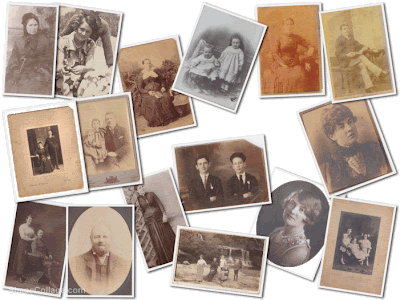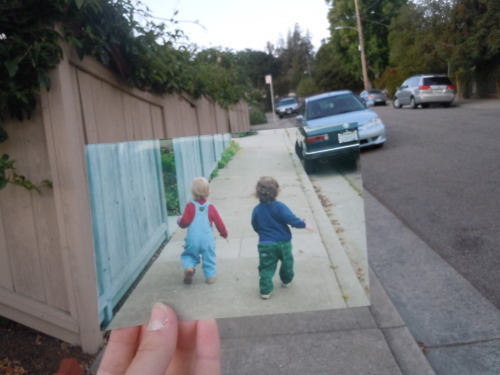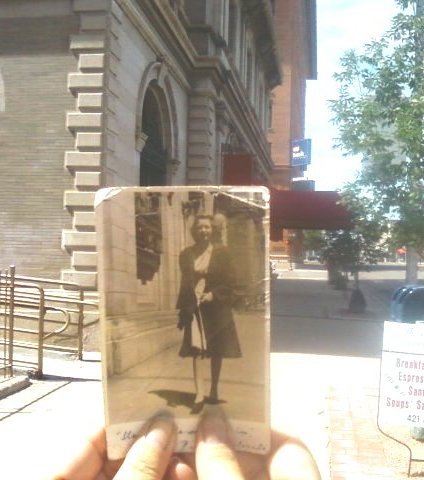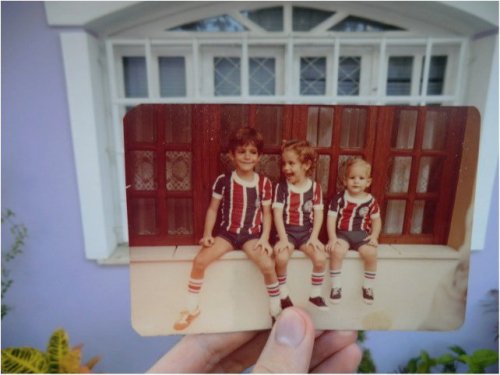One of the aims in my family history research has always been to fill in the gaps between the names and dates of my ancestors. This context of my ancestors' lives is fascinating to me - probably because the details are so obscured by time. Anyway, I love finding out a little bit of info here and there about their personal lives, their personalities, their likes and dislikes, their happy times and not-so-happy times. For me, this process brings them to life and makes me feel a bit closer to them.
In recent years, I've been fortunate enough to get my hands on some original documents with some of my ancestors' signatures - that is, the ancestors of mine who could write, or at least the ones who could sign their name.
Below are a few signatures of my great-great grandparents. What do they really tell us about the person behind the signature? Possibly a lot, possibly not much. Even so, I love looking at these signatures because they were created by the great-greats in our family. In some ways, I think their essence is somehow still visible in these signatures. What do you think?
~ ~ ~ ~
The signature of my great-grandmother, Margaret REILY (also spelled RILEY, REILLY, RIELY), on her marriage certificate in 1866.
~ ~ ~ ~

The signature of Margaret REILY in 1890, as Margaret NORTHCOTE, on bankruptcy records.~ ~ ~ ~The signature of Margaret's husband, William Walter NORTHCOTE, also on bankruptcy records in 1886.At this point in time, he was going by the name, Walter Stafford NORTHCOTE.~ ~ ~ ~The signature of one of my great-great grandparents, George KINGSBURY, on his marriage certificate in 1865.~ ~ ~ ~
The signature of George KINGSBURY's wife, Mary HOLLOWAY, one of my great-great grandmothers, on her marriage certificate in 1865.
~ ~ ~ ~
Mary KINGSBURY's (nee HOLLOWAY) signature on the 1911 UK Census.
~ ~ ~ ~
Any handwriting experts out there?











































